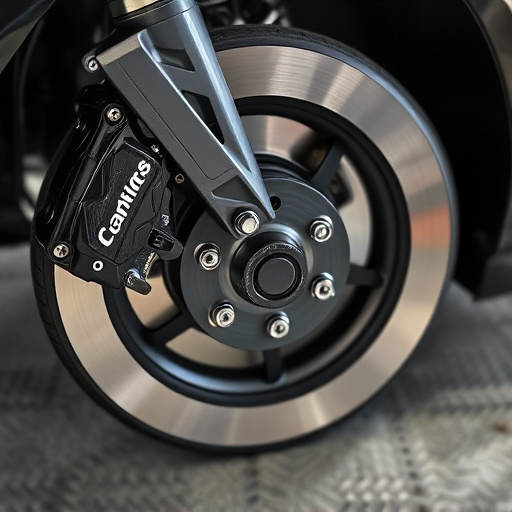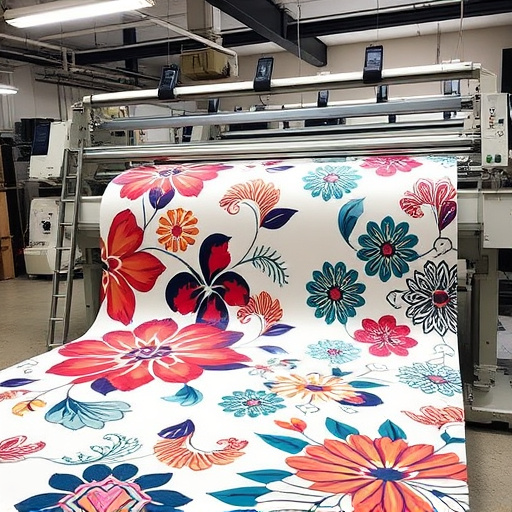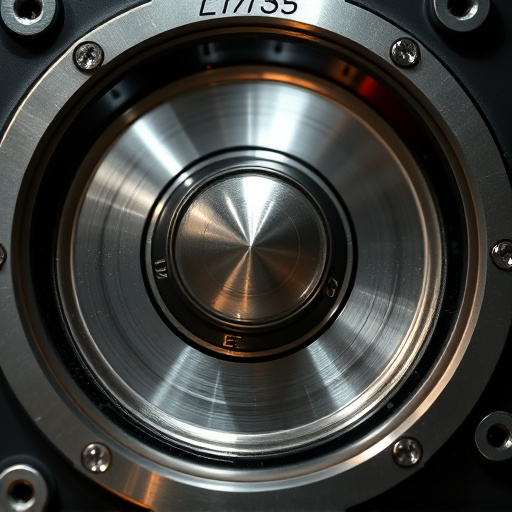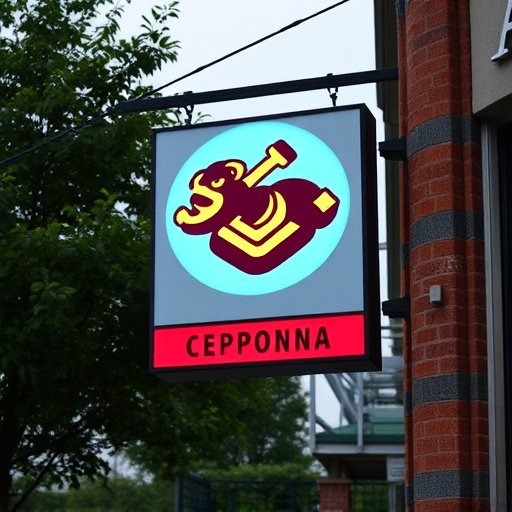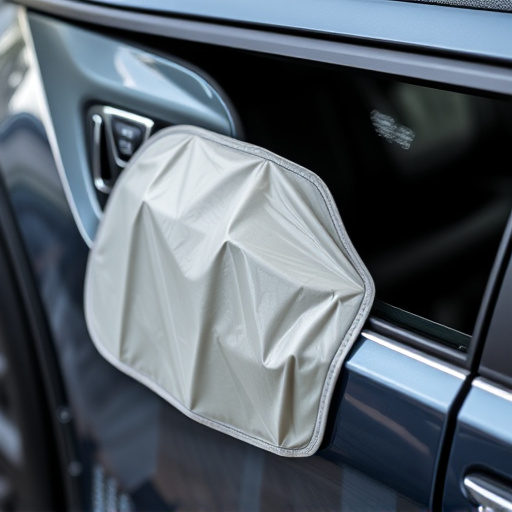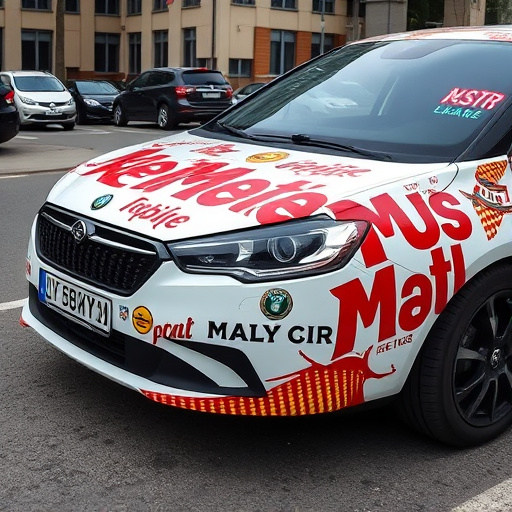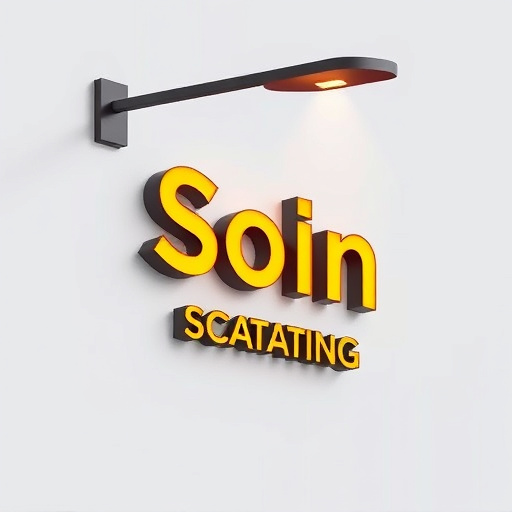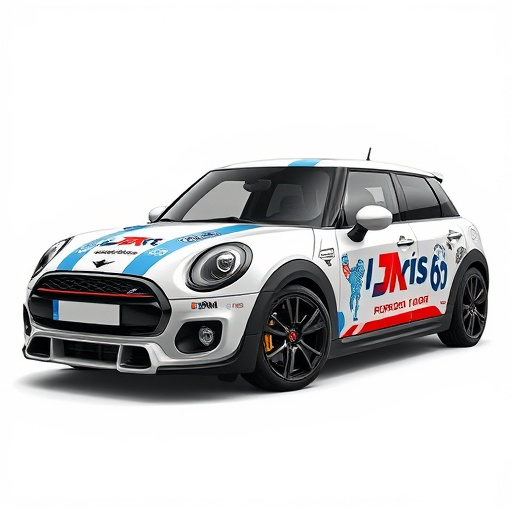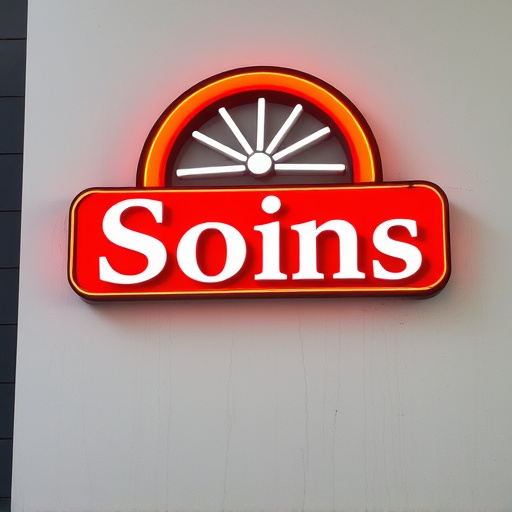Racing stripes installation requires harmony between design and function, achieved through precise measurement, cutting, and positioning for a clean look. Professional installers consider vehicle specifics, use high-quality materials like wraps or ceramic coating for durability and protection, and employ advanced techniques to seamlessly integrate stripes with car contours for a dynamic visual impact.
“Elevate your vehicle’s style with a professional racing stripes installation—a subtle yet impactful modification. This article guides you through the art of creating a striking visual impact. We’ll explore the fundamentals of racing stripe design, from understanding basic patterns to choosing high-quality materials that ensure longevity. Additionally, discover expert installation techniques to achieve seamless integration, ensuring your vehicle stands out with precision and professionalism.”
- Understanding the Basics of Racing Stripes Design
- Choosing the Right Materials for Professional Finish
- Installation Techniques for Seamless Integration
Understanding the Basics of Racing Stripes Design
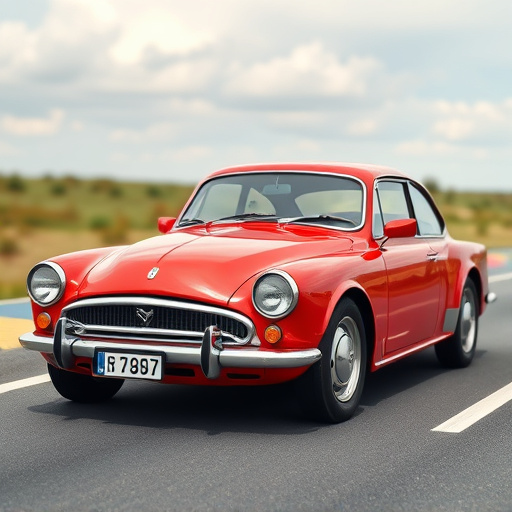
When it comes to racing stripes installation, understanding the basics of design is paramount. Racing stripes are more than just bright lines on a vehicle; they are a combination of aesthetics and function. The key lies in balancing visual appeal with precision application. Each stripe should be carefully measured, cut, and positioned to create a seamless, clean look that enhances the car’s overall design without appearing clunky or overdone.
A professional racing stripes installation considers not just the colors and widths but also the vehicle’s make, model, and year. Proper preparation of the car’s surface, including cleaning and decontaminating, ensures that the stripes adhere perfectly. Additionally, using high-quality materials like paint protection film (PPF) or scratch protection coatings underneath can offer extra layers of protection, enhancing both the stripe’s longevity and the vehicle’s overall value. Benefits extend beyond aesthetics; heat rejection films incorporated into the design can also help regulate interior temperatures, contributing to a more comfortable driving experience.
Choosing the Right Materials for Professional Finish
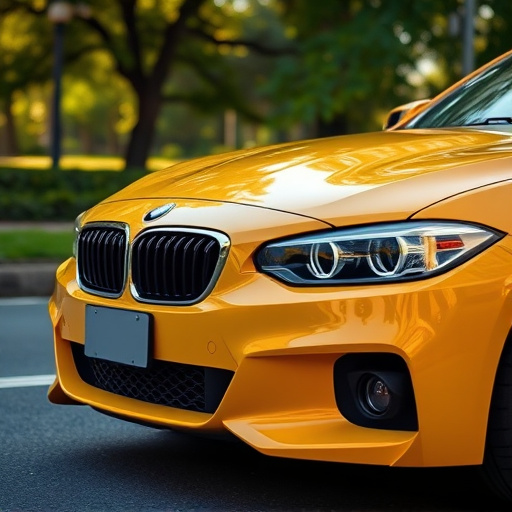
When it comes to achieving a professional look with racing stripes installation, the choice of materials plays a pivotal role. Opting for high-quality vehicle wraps or vinyl wraps ensures that the stripes not only adhere well but also maintain their vibrancy and durability over time. These materials come in various finishes and colors, allowing for customization to match any vehicle’s aesthetic.
Furthermore, considering the application process, using advanced techniques like ceramic coating can significantly enhance the final result. This protective layer not only adds a glossy finish but also shields the paintwork from UV damage, chemical stains, and scratches, ensuring the racing stripes remain pristine for longer periods. The right combination of materials and application methods is key to achieving a professional racing stripes installation that stands out on any road.
Installation Techniques for Seamless Integration
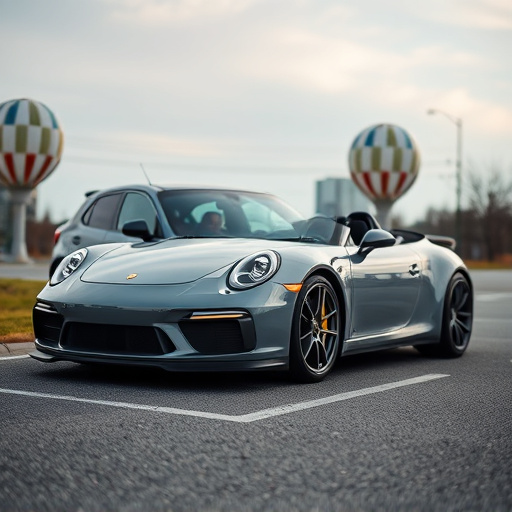
A professional racing stripes installation goes beyond just applying the strips; it involves meticulous techniques for seamless integration with a vehicle’s existing aesthetics. Skilled installers understand the importance of precise cutting and positioning to ensure the stripes align perfectly with curves, corners, and edges. This craftsmanship prevents visible gaps or overlaps, creating a clean and polished look.
The process often includes using specialized tools and equipment for accurate measurements and application. For instance, heat guns and pressure-sensitive adhesives play crucial roles in shaping the vinyl wraps or custom vehicle wraps to match the car’s contours, especially around complex areas like door panels and fenders. This attention to detail is what sets apart a good racing stripes installation from basic window tinting or generic graphics, creating a dynamic visual impact that enhances the vehicle’s overall style.
In conclusion, achieving a professional racing stripes installation involves a combination of understanding design fundamentals, selecting high-quality materials, and mastering installation techniques. By adhering to these key aspects, you can transform any vehicle into a striking showcase that commands attention on the road. Remember, the devil is in the details, from precise measurement to seamless application – each step contributes to a finished product that reflects your passion for both automotive aesthetics and performance.

